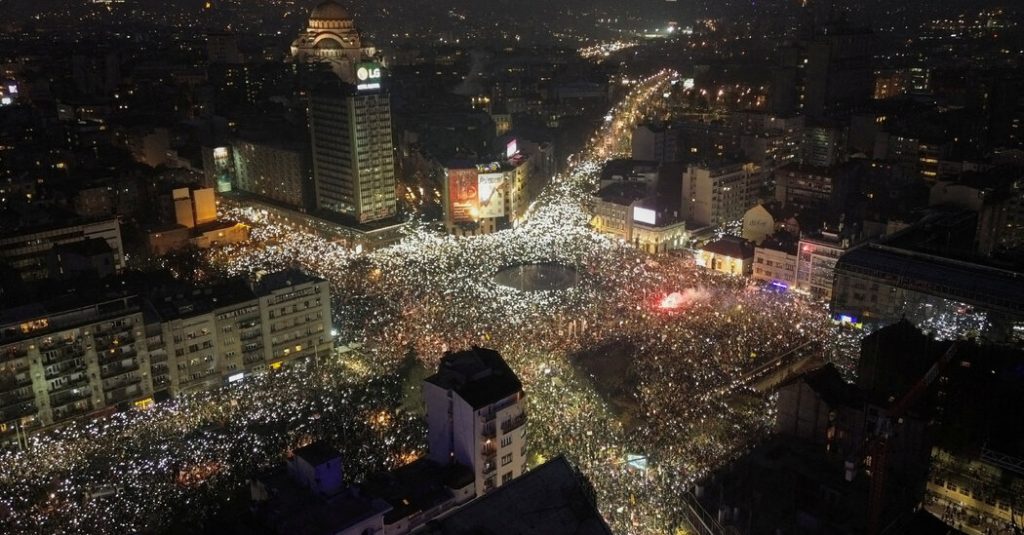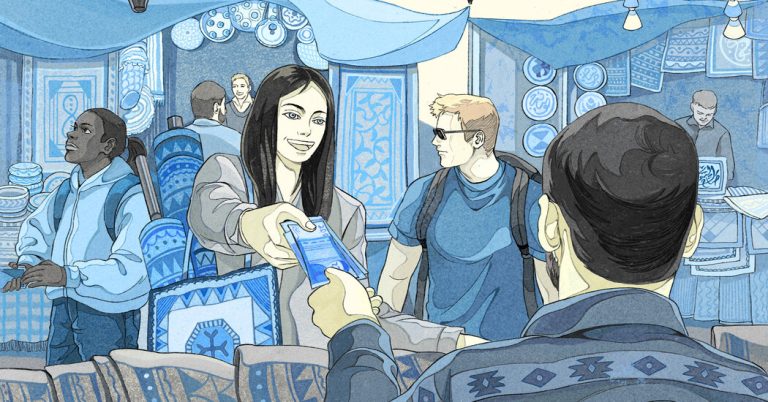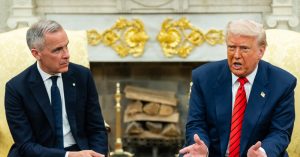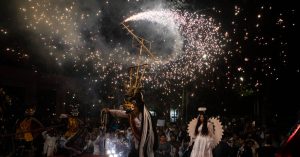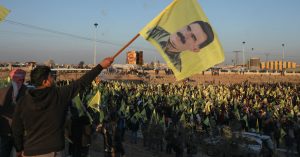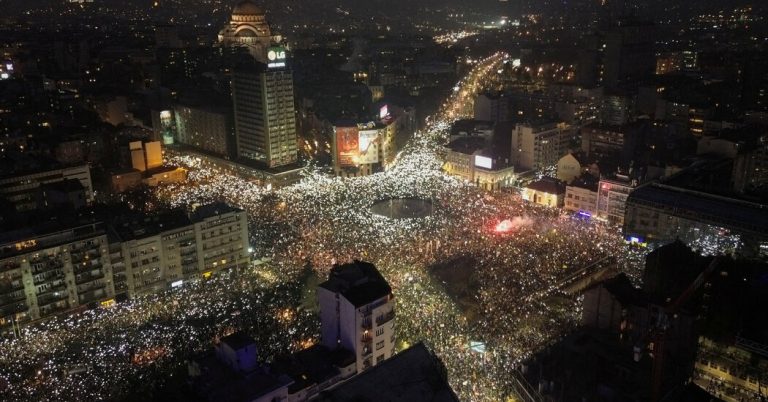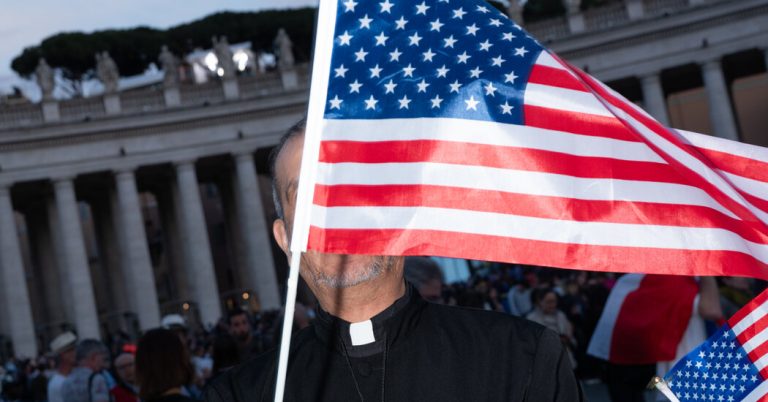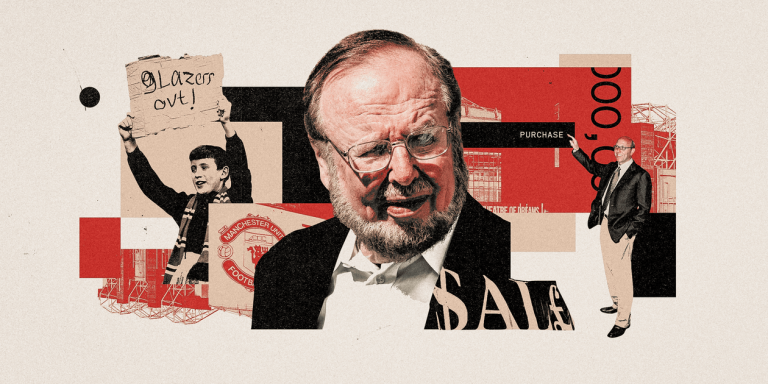It was an Easter miracle.
Protesters had been blocking the building of Radio Television of Serbia, the national public broadcaster in Belgrade, with a simple demand: cover objectively the monthslong struggle against Serbia’s increasingly autocratic president, Aleksandar Vucic. But after days there, they needed reinforcements. On Good Friday students from Novi Pazar, the largest city in the region where most of the country’s Muslims live, arrived to take over the blockade. Since Muslim students were not celebrating Easter, they volunteered to relieve their colleagues from Belgrade.
This show of solidarity was magical enough. But then a war veteran, who had been wounded in 1992 during the siege of Sarajevo, addressed the crowd. After denouncing the broadcaster for siding with those in power, he greeted the students from Novi Pazar: “Salaam aleikum” echoed across the square. “Don’t worry about your children,” he told their parents. “There are no more ‘ours’ and ‘yours.’ They are all our children now.”
It was a cathartic moment, a gesture of profound inclusion in a country scarred by wars and deep-seated divisions. But it was more than that. It marked a Copernican shift for Serbia, as the country is being transformed by a brave and enduring student-led movement. Combating an entrenched and powerful autocratic government, protesters are showing what — against all the odds — is possible. Here in the Balkans, something extraordinary is happening.
Serbia has seen major protest movements before. In 1996, students launched mass demonstrations against the regime of Slobodan Milosevic, beginning his downfall, which finally came in 2000. In the 13 years of Mr. Vucic’s rule, there have been several waves of protest — against shady development projects like Belgrade Waterfront, in defiance of widespread violence and, most recently, opposing lithium exploitation by the mining company Rio Tinto.
But today’s movement is the largest and most extensive yet, reaching deep into Serbian society. Its catalyst came last November, when the canopy of a train station collapsed in the city of Novi Sad, killing 16 people. The station’s reconstruction had recently been completed: Corruption, many believed, lay at the heart of the tragedy. Protests demanding those responsible be held to account began almost instantly and continued through the winter, spreading across the country.
The government tried to defang them. Mr. Vucic induced his prime minister, a longtime ally, to resign and released thousands of documents related to the station renovation. His administration also said it would offer young people loans of up to about $100,000 to buy apartments. Yet a huge protest on March 15 — the biggest single demonstration by far — showed these efforts had failed. Estimates vary, but it’s safe to say that close to half a million people filled the streets of Belgrade that day.
